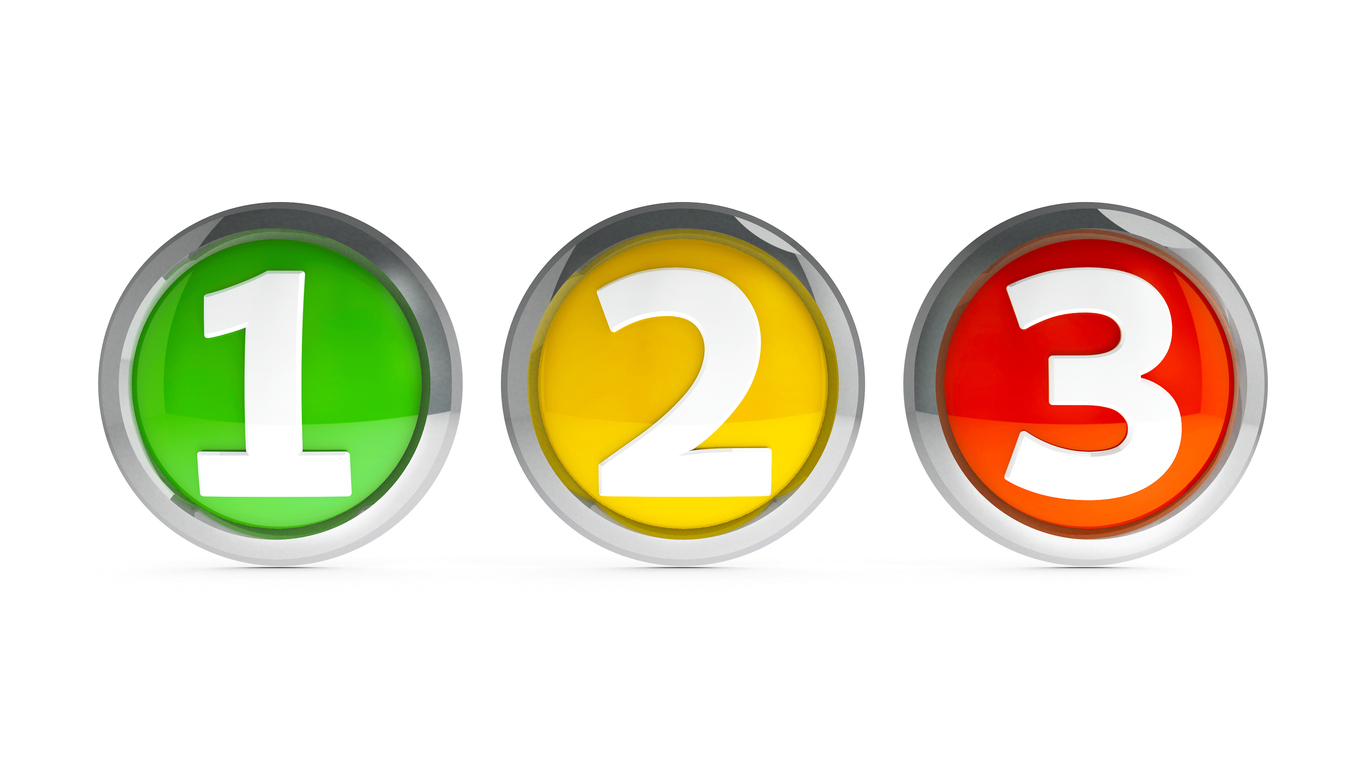Practice Singing Smarter, for Faster Results!
Are you satisfied with the results you’re getting from your current singing practice or routine? Do you feel like the payoff is worth the time and effort you are putting in? Or, conversely, maybe you are NOT practicing much at all, and need a new guideline for vocal success to up your motivation. You can get back to your vocal practice with enthusiasm and confidence, and learn to practice smarter, not harder! After all, nobody wants to practice singing, exercise, or do anything if there’s no reward for their efforts.
I’ve come up with a very simple, but very effective way to make every minute of your singing practice time count: The Three-Phase Practice. It will help you organize your vocal workout in a concrete and progressive way that yields faster and better results. Remember, we want to practice smarter, not harder!
Now, many singers don’t do vocal warm ups or practice at all. Eeeek! Bad choice! As a singer, you are not only a musical artist, but an athlete. You can hurt your voice singing cold, and at the very least, you’re not going to sound your best. See my earlier post: Do I Really Have to Do Warm-up Exercises Before I Sing?
Another argument I hear all the time is that “I don’t have time to practice!”.
See another of my earlier posts: How to Find Time to Practice Singing— Even When You Don’t Have Time!
You CAN make time, and I’ll show you how to make the most of it– if you really want to achieve your singing goals!
So— how does The Three-Phase Practice work? Lets break it down. Say you have 45 minutes for vocal practice. Split the time into three equal periods of 15 minutes. Each period has specific goals for you to achieve before moving to the next phase. Take a look below:
PHASE I
- Body and Vocal Relaxation. Take time to do some deep breathing, gentle stretching, and decompressing before you start to sing. Pay special attention to upper-body tension. A tight jaw, neck and shoulders can create tension in the voice. Do some yawning and wiggle your tongue as well to break up residual vocal tension.
- Breathing exercises. Practice low, quiet inhalation, and at least one exercise for breath support. Make sure that as you take in, hold, and release your air from the body, you never feel any tension in your throat! This is a good time to do lip trills as well, blowing air through the lips and feeling them vibrate easily.
- Vocalises. These are your vocal exercises that you do throughout your entire comfortable singing range (never force!). An exercise is a unit of measurement, and as such, a valuable tool to evenly calibrate your vocal instrument from bottom to top and top to bottom. Vocalises also reveal weak spots that call attention to specific vocal issues. Singing a song melody is random by comparison, and can completely miss something you need to work on!
PHASE II
- Sing your song without words, using only your vocal exercises. This step is critical, as it forms the bridge between the new and important habits you are reinforcing in your vocal exercises, applied directly into your song melody. You are quite literally reprogramming your vocal production for greater success in this phase of your practice. Pick key exercises that you know make the biggest difference in your voice. I would definitely include singing your song with pitched lip trills, humming for focus and placement, using the “Ah” vowel for jaw relaxation and legato, and doing the “Birthday Cake”. See my earlier posts:
Sing Your “Cake” and Eat It, Too! (Part One)
Sing Your “Cake” and Eat it, Too! (Part Two)
This Phase II part of practicing is one that many singers don’t know
about, or simply don’t take the time to do in their singing practice. But
it make such a valuable difference! If you always sing your song with
the words, you are masking what is going on with your vocal
production underneath. Now you can strip the lyrics away and improve
your voice at its most basic level!
Phase III
- Sing the song with the words. Ah, finally— you get to sing it normally! But, you still have specifics you need to work on:
- Phrasing. Plan out your breaths and lifts (pauses where you don’t breathe), mark them in your music, and practice it the same way every time.
- Dynamics and expression. Where are you getting softer, louder, or adding some little tweak like a whisper, held consonant or other special tone color or sound?
- Diction. This is HUGE. Hopefully you are extending your vowels and carrying your ending consonants to the beginning of the next syllable, except when you want to stop your breath on purpose. How are you handling dipthongs, and other “land mines” (as I call them) of pronouncing words in a way that prevents vocal tension while you sing?
- Performing and Acting skills. Unless you’re a studio musician, people have to look at you while you sing. Video yourself and/or practice in front of a mirror to develop authentic facial expressions and physical gestures that convey the meaning of your lyrics to the audience.
Finally, as any experienced singer will tell you, there is so much more involved in successful singing that can go far beyond the practice room. You may need to research the song, where it came from, or the composer and lyricist. If it’s in a foreign language, you may need to get a literal translation, and write it on your music. Then you have to study how to pronounce the language authentically. In addition, there are all sorts of lifestyle choices that affect your health, your voice, and the time and energy you have for singing practice to begin with!
But— armed with this Three-Phase Practice regimen, you can take whatever time you do have to practice— whether it’s 15 minutes or a whole hour, and make every minute count. You can even customize it to suit your own needs! If you need more time in one Phase or another, adjust accordingly. It doesn’t always have to be an even split. It’s a plan that can flex with the vocal demands that are most pressing for you at any given time.
Why not give The Three-Phase Practice a try? You’ll practice smarter, not harder, and you’ll get faster, better results than ever before!







